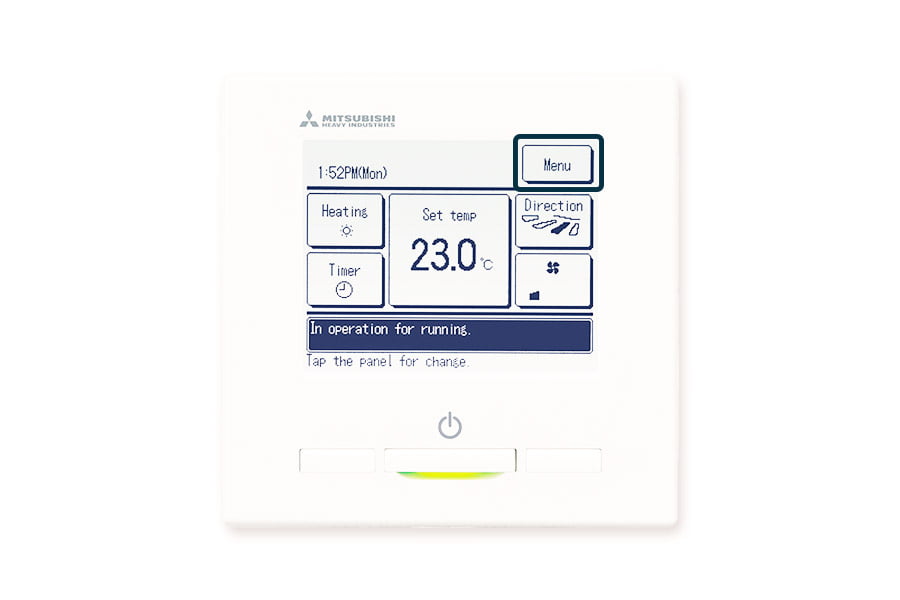

It is the passing seconds after the epoch - 1st January 1970, 00:00:00 (UTC). Use of time.time () Function in Python This function returns time in seconds. When i tried return name, printout gave to me input variable. In this tutorial, we will discuss various Python Timer functions using the time module. I tried return function but i cant solve it. If the field is blank or an incorrect entry is made, the program should return before proceeding. In the code-block shown below, we define two functions to count prime numbers then use the Timer Class to calculate the elapsed time.While querying, I want empty fields to be checked and at the same time, if that field is empty, I want to return it to the variable it is defined in. The next section will demonstrate how this improved Timer Class can be used to obtain the performance metrics of a program. From this method, we make sure that the timer value is set to zero only if a new timer is introduced. To achieve this, we use the “setdefault()” method to add a new python timer item to the dictionary. Furthermore, the total elapsed time for each timer is calculated and presented as an item. timers ) RESULTĪs you can see from the results, each separate timer has been captured by the dictionary. New_timer_two = Timer (name = "test_timer_02" ) New_timer_one = Timer (name = "test_timer_01" ) If _name_ = "_main_" : # Create a new object using Timer Class Use the following functions to convert between time representations: Functions time.asctime(t) Convert a tuple or structtime representing a time as returned by gmtime () or localtime () to a string of the following form: 'Sun Jun 20 23:21:05 1993'. format (elapsed_time ) ) #Add times measured by the same timers if self. MobTimer: Python: This is another GUI-based timer in Python. _start_time = None # Use the User provided string as the output string print ( "" ) print (self. Use the following functions to convert between time representations: Functions ¶ time. The other modules that could be used in time and effort analysis for codes that are written in Python are as follows: Term down: This is a Python timer of advanced nature, and it utilizes different ASCII characters. _start_time is not None :Įlapsed_time = time.

start() to start it" ) # Stop the timer then report the elapsed time elif self. _start_time is None : raise TimeoutError ( f"Timer is not running. perf_counter ( ) def stop (self ) : if self. _start_time is not None : raise TimerError ( f"Timer is running. setdefault (name, 0 ) def start (self ) : if self. The time.sleep() function is used for pausing the execution of a program. It includes a bunch of handy time-related functions. # Add a new timer to the dictionary if name : The time module is a part of the Python standard library, meaning it comes with the default installation of Python. strftime ( "%H:%M:%S" )ĭownspeed = round ( ( round (test.
#Timer function python code#
Number_of_times = 0 while number_of_times < 2 : # Get Code Block Start Time In the following example, we measure the time elapsed to run the print() function. In this section, we will use perf counter() and perfcounter_ns() to monitor the execution time of a simple program. Basic Usage of Timer Function perf counter() and perfcounter_ns() Functions All nanosecond functions come with _ns suffix. For example, perfcounter() function gained a nanosecond counterpart called perf counterns(). With Python 3.7, new time functions like tread time() and nanosecond versions of all the above functions were introduced. Here are some predefined functions in built-in time module. In these instances, we can use python timers to identify the performance impact of the code and make the necessary modifications. This is vital as one of the significant limitations of Python programmes is they are a bit slower compard to some programming languages.

The most common way to execute a function every x seconds in Python is to use the time.sleep() method. The Python time module can be used to measure the performance of a pure Python program. time.sleep() Run Function Every x Seconds.


 0 kommentar(er)
0 kommentar(er)
